PORT ADELAIDE v West Coast. The season-opener at Adelaide Oval on Sunday underlined all that was gained - and sadly missed - when Australian football in 1986 finally found its passage from State-based competitions to a national league.
And as Tasmania prepares for its long-craved presence in the AFL from 2028 - provided this weekend's State election does not wreck the vision for a critical new stadium in Hobart - the storyline repeats.
With the exception of Fremantle as Western Australia's second national league entry in 1995 (there has to be that one exception to every rule or script) each expansion move by the AFL has been caught up in controversy or critical and heated debate.
West Coast and Brisbane entered as the then-VFL's 13th and 14th teams in 1987 while the SANFL steadfastly stood firm against Victorian domination and control of any national competition.
Adelaide was formed late in 1990 - with Supreme Court backing - to block Port Adelaide's ambitious plans for AFL status in 1991.
Port Adelaide's seemingly inevitable entry to the national league in 1997 still had to endure two years of intense debate in Adelaide ... and the "demise" of VFL foundation member Fitzroy as a stand-alone club while the AFL orchestrated the historic merger with Brisbane.
Gold Coast emerged as a new entity in 2011 after North Melbourne two years earlier baulked at extraordinary $100 million incentives from the AFL Commission to become the second club (after South Melbourne moved to Sydney in 1982) to change its home address.
And Greater Western Sydney also came off the workshop whiteboard in 2012 amid intense protest from the Swans who argued against any end to their exclusive hold on Australia's biggest city and commercial market in Sydney.
West Coast, Brisbane (as the Bears), Adelaide, Fremantle, Gold Coast, Greater Western Sydney and now the anticipated Tasmanian Devils all stand as a stark contrast to Port Adelaide as the expansion entries to a VFL competition that in 1986 had at least half its 12 clubs in financial crisis and knew a national league would bring increased television revenue and instant cash with $4 million licence fees from new teams.
In a year when Port Adelaide can celebrate the 30th anniversary of Messrs. Boulton, Cunningham et al winning the battle to secure an AFL licence; in a week when Tasmania launches the newest football club in the land ... it is worth reviewing just what the AFL national competition has taken up.
Eagles, Bears, Crows, Dockers (in a market that had fierce rivals in East and South Fremantle), Suns, Giants and Devils are all start-up ventures, relying on new fan bases, usually drawn to the club's membership stall on State loyalties.
The Port Adelaide Football Club remains the only club "promoted" from State ranks since the AFL was formed as more than just an "expanded VFL". From Alberton, the AFL gained South Australia's oldest and most-successful club with history dating to the pioneer years of South Australian football in the 1870s - and a ready made and well-established supporter base.
The same was not done in Western Australia, particularly with the heritage rich East Fremantle. Nor in Queensland with the 63-year-old Southport Football Club as the State’s most successful club by the count of district and State league premierships (21).
When the debate on a national Australian football competition began to deepen in the late 1960s, no-one imagined an "AFL" with every VFL club and just one well-established, traditional team - Port Adelaide - from outside Victorian borders.
Yet this is exactly what has emerged from nearly five decades of building that AFL.
This says much of Port Adelaide's status in the game.
During the 1980s, the would-be controlling body of Australian football, the now defunct administrative arm known as the National Football League (NFL), published report on report on the merit and structure of a truly national competition. The Adams Report of the mid-1980s recommended South Australia have two entries to a national league - Port Adelaide and Norwood.
Only five years ago, a long-serving South Australian league football executive reflected on the state of the AFL competition and concluded: "John Adams was right. It would have been better with Port Adelaide and Norwood."
Alas, what is done is done.


